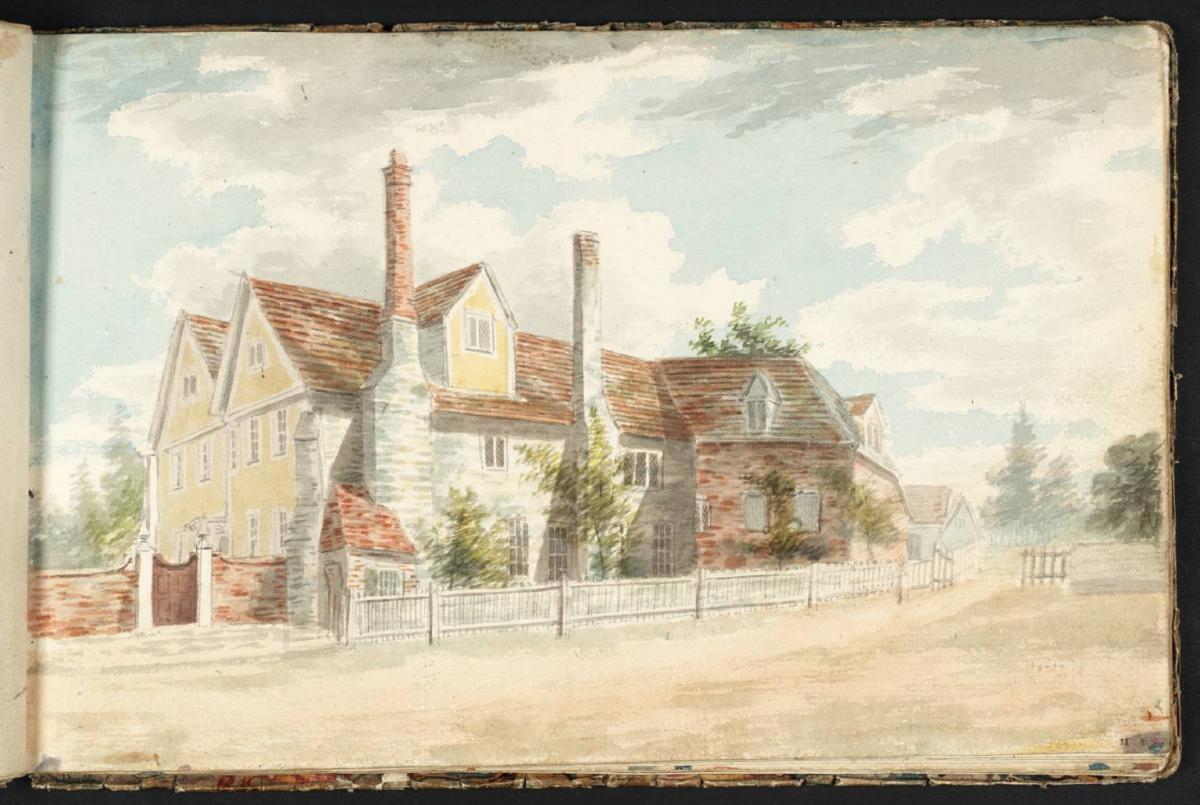IN THE early 18th century, the Corporation of Abingdon owned a strip of waste ground at the top of what was then known as Boar Street, present day Bath Street.
This open parcel of land comprising approximately one third of an acre, bounded on the north by the modern Faringdon Road, was located at the then extremity of the town and was not built on.
In 1742, the plot was leased to Samuel Westbrook, an Abingdon mason, at an annual rent of only three shillings and sixpence a year on account that he had built a house there, =‘called by the name of Waste Court’, at his own expense.
In the schedule the location was described as ‘where a dunghill formerly stood’. In the days before maps this description would have avoided any doubt as to its position!
Lessees tended to be men of some substance. In the 18th century Waste Court had strong associations with St Nicolas Church. The house was leased in 1768 by Edward Grove Esquire, but occupied by William Moore from Wotton-under-Edge in Gloucestershire.
He was an old boy of Roysse’s (now Abingdon School), and a steward of the Old Abingdonian Club in 1759. He was also a major benefactor to the church, replacing the items of church plate stolen in 1785.
In 1779, another clergyman, Richard Bowles BD, Rector of St Nicolas Church from 1775 until 1804, leased Waste Court from the Corporation. During Mr Bowles’s occupancy, the artist JMW Turner painted a watercolour of the house, which he mistakenly identified as ‘Lacy’s Court’.
One of its best known and influential owners after Corporation property was sold off was John Creemer Clarke, Liberal MP for Abingdon, mayor, entrepreneur and benefactor to the town.
His best-known enterprise was the clothing factory in West St Helen Street. He was a generous donor to funds to erect the new Wesleyan Methodist Chapel in Conduit Road, often referred to as ‘Clarke’s Chapel’, and to establish a cottage hospital in Abingdon.
Clarke extended the grounds of Waste Court by leasing more land from Christ’s Hospital until they comprised almost nine acres.
He died in 1895 but the family occupied Waste Court until the early decades of the 20th century. In 1904 his executors placed the sale of the principal contents with local auctioneers Harris and Jackson and King, Adkin and Bowen.
A year later the 10-bedroom house was advertised through Messrs George Trollope & Sons of Grosvenor Square, London, as well as local agents in Abingdon and Wantage.
The plan accompanying the sales particulars shows the extensive grounds and outbuildings comprising glass houses, stabling and a coach house for six carriages.
Part of the grounds was given over to a paddock comprising almost 4 acres with ‘cowhouses hidden in a dell’. Local directories record Harry T Clarke living at Waste Court in the mid-1920s.
After the First World War Abingdon School was desperately seeking a solution to a shortage of space, particularly boarding accommodation.
When Waste Court was put up for sale in July 1924, raising the finance to buy the house and grounds became the focus of the school’s War Memorial Scheme.
A desperate but ultimately successful appeal was made to raise the £5,500 asking price. Waste Court opened for the summer term in 1929.
Attached to the stone entrance porch is a plaque recording the successful acquisition of Waste Court and grounds in 1928 as a memorial to the Old Boys who lost their lives in 1914-1918.
Waste Court House and grounds are officially listed on the Imperial War Museum’s Memorials Register (IWM-31193).
In 2015, the boarding house underwent a change of name. The new name was inspired by the Remembrance Board in the Waste Court games room.
Alan Murray Austin, son of Archdeacon Austin of Ock House, was a student at Abingdon School between 1895 and 1901.
Austin, who had entered the Royal Navy, was the first Old Abingdonian to lose his life when his ship, the cruiser HMS Hawke, was torpedoed on the 15th October 1914 by a German submarine in the North Sea off the coast of Peterhead.
The new name Austin House was officially accepted in September 2015.










Comments: Our rules
We want our comments to be a lively and valuable part of our community - a place where readers can debate and engage with the most important local issues. The ability to comment on our stories is a privilege, not a right, however, and that privilege may be withdrawn if it is abused or misused.
Please report any comments that break our rules.
Read the rules here